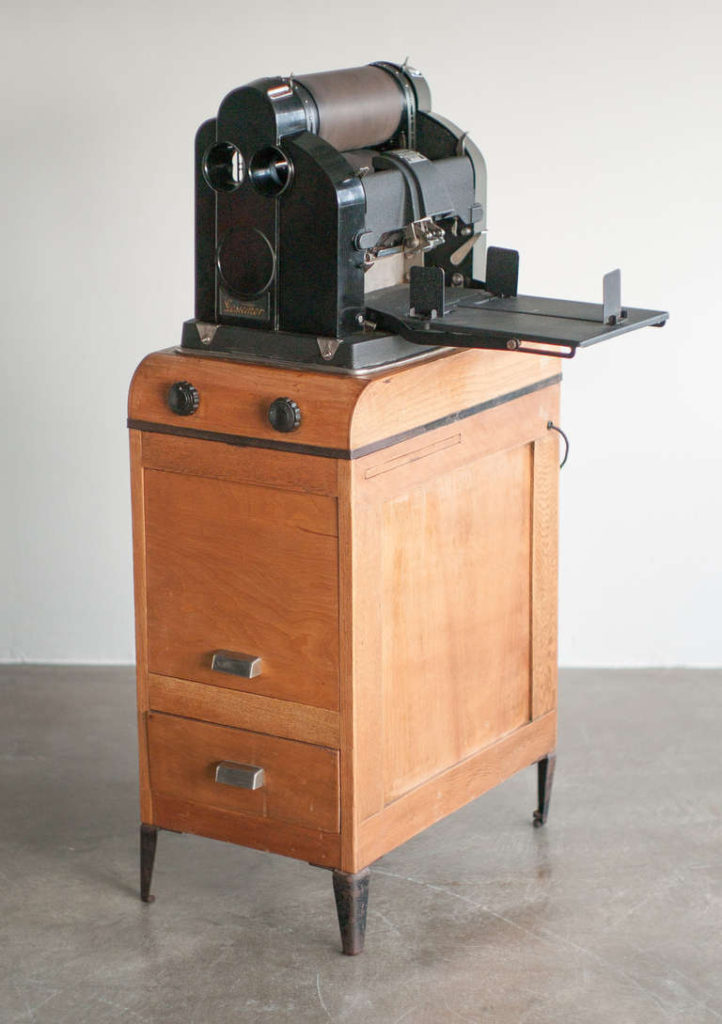As part of the ongoing court appeal from Samsung, the Supreme Court of the USA has released supporting documentation (link), much of it about the value  of design. It is worth reading for a couple of reasons.
Firstly because the list of contributors is a whose who of design names including Dieter Rams, Lord Foster, Jasper Morrison etc. Secondly, because there is a useful and fascinating short history of the value of design, going back one hundred years. The history of the coke bottle (new to me) is mentioned, (designed and patented in 1915) in which the design competition was to create a bottle that
“a person can recognize as a Coca-Cola bottle when he feels it in the dark … so shaped that, even if broken, a person could tell at a glance what it was.â€
and how in 1949 as study showed that 99% of people could already recognize its shape.
Further, an interesting piece about Raymond Loewy, who spent only 5Â days redesigning a duplicator…
In just five days, Loewy transformed it from a set of exposed and chaotic-looking metals and gears sit- ting on top of four protruding tubes into a streamlined and aesthetically appealing device.
After Loewy’s re-design, sales soared so high that Gestetner was required to build three additional factories to meet the increased demand, and the com- pany kept the same model for 30 years. Raymond Loewy, Industrial Design: Yesterday, To-day and Tomorrow? Address Before the Meeting of the Society and the Faculty of Royal Designers for Industry (Oct. 9, 1980) in J. of the Royal Society of Arts, Mar. 1981, at 200, 203, available at http://tinyurl.com/k82286s.
Loewy later performed the same task for Sears, Roebuck & Co.’s Coldspot refrigerator, turning “an ugly machine with a dust trap under its spindly legs†into a “gleaming unit of functional simplicity.â€Â Modern Living, supra; see U.S. Design Patent No. 112,080 (Nov. 8, 1938). Sales increased “from 15,000 to 275,000 units within five years.†Pulos, supra, at 358.Â
What I find fascinating about this, is how history seems to be repeating itself. The value of design is being recognized by many today, and design finally seems to be something that is becoming central to the start-up culture in silicon valley and elsewhere. Why did it take so long and where will it go in the future? I can only see it strengthening and becoming a core competence in all organisations over time. However, history seems to suggest waves of importance, with lulls afterwards. I would love to know why this is, and what are the indicators for the change. If we knew these, we could maybe do something about it.

